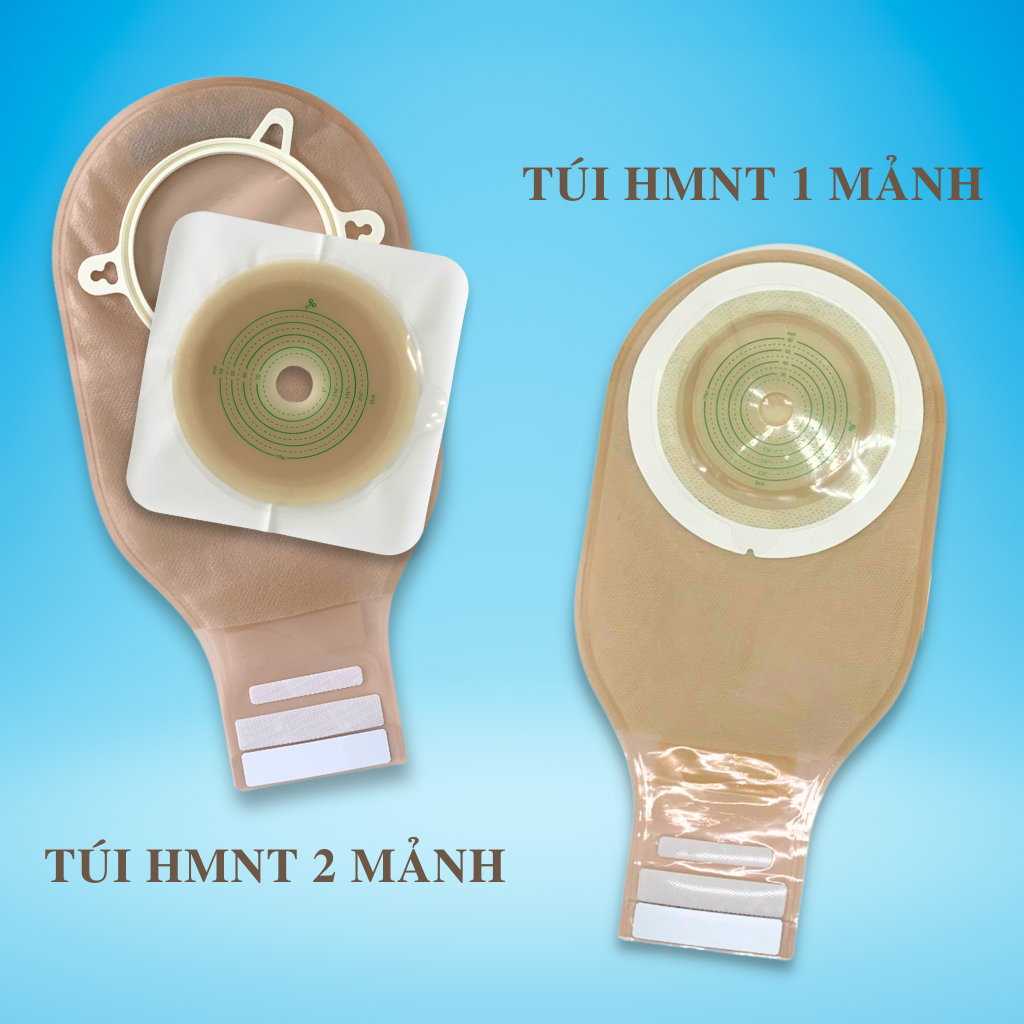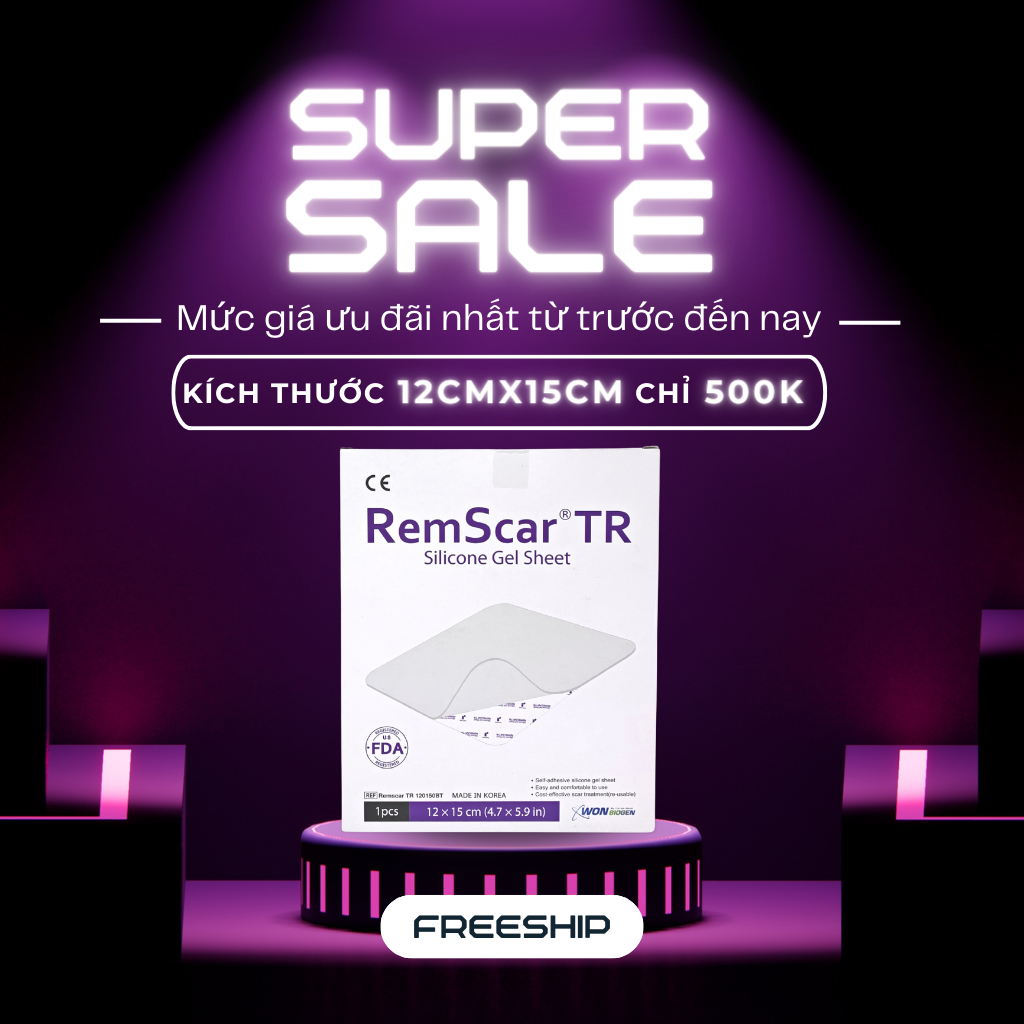Infection Control - For health care workers who are performing aerosol-generating procedures on patients with COVID-19, the COVID-19 Treatment Guidelines Panel (the Panel) recommends using an N95 respirator (or equivalent or higher-level respirator) rather than surgical masks, in addition to other personal protective equipment (PPE) (i.e., gloves, gown, and eye protection such as a face shield or safety goggles) (AIII).
- The Panel recommends minimizing the use of aerosol-generating procedures on intensive care unit patients with COVID-19 and carrying out any necessary aerosol-generating procedures in a negative-pressure room, also known as an airborne infection isolation room, when available (AIII).
- For health care workers who are providing usual care for nonventilated patients with COVID-19, the Panel recommends using an N95 respirator (or equivalent or higher-level respirator) or a surgical mask in addition to other PPE (i.e., gloves, gown, and eye protection such as a face shield or safety goggles) (AIIa).
- For health care workers who are performing non-aerosol-generating procedures on patients with COVID-19 who are on closed-circuit mechanical ventilation, the Panel recommends using an N95 respirator (or equivalent or higher-level respirator) in addition to other PPE (i.e., gloves, gown, and eye protection such as a face shield or safety goggles) because ventilator circuits may become disrupted unexpectedly (BIII).
- The Panel recommends that endotracheal intubation in patients with COVID-19 be performed by health care providers with extensive airway management experience, if possible (AIII).
- The Panel recommends that intubation be performed using video laryngoscopy, if possible (CIIa).
Hemodynamics - For adults with COVID-19 and shock, the Panel recommends using dynamic parameters, skin temperature, capillary refilling time, and/or lactate levels over static parameters to assess fluid responsiveness (BIIa).
- For the acute resuscitation of adults with COVID-19 and shock, the Panel recommends using buffered/balanced crystalloids over unbalanced crystalloids (BIIa).
- For the acute resuscitation of adults with COVID-19 and shock, the Panel recommends against the initial use of albumin for resuscitation (BI).
- For adults with COVID-19 and shock, the Panel recommends norepinephrine as the first-choice vasopressor (AI).
- For adults with COVID-19 and shock, the Panel recommends titrating vasoactive agents to target a mean arterial pressure (MAP) of 60 to 65 mm Hg over higher MAP targets (BI).
- The Panel recommends against using hydroxyethyl starches for intravascular volume replacement in patients with sepsis or septic shock (AI).
- When norepinephrine is available, the Panel recommends against using dopamine for patients with COVID-19 and shock (AI).
- As a second line vasopressor, the Panel recommends adding either vasopressin (up to 0.03 units/min) (BIIa) or epinephrine (BIIb) to norepinephrine to raise MAP to target or adding vasopressin (up to 0.03 units/min) (BIIa) to decrease norepinephrine dosage.
- The Panel recommends against using low-dose dopamine for renal protection (AI).
- The Panel recommends using dobutamine in patients who show evidence of cardiac dysfunction and persistent hypoperfusion despite adequate fluid loading and the use of vasopressor agents (BIII).
- The Panel recommends that all patients who require vasopressors have an arterial catheter placed as soon as practical, if resources are available (BIII).
- For adults with refractory septic shock who have completed a course of corticosteroids to treat their COVID-19, the Panel recommends using low-dose corticosteroid therapy (“shock-reversal”) over no corticosteroid therapy (BIIa).
Oxygenation and Ventilation - For adults with COVID-19 and acute hypoxemic respiratory failure despite conventional oxygen therapy, the Panel recommends high-flow nasal cannula (HFNC) oxygen over noninvasive positive pressure ventilation (NIPPV) (BIIa).
- In the absence of an indication for endotracheal intubation, the Panel recommends a closely monitored trial of NIPPV for adults with COVID-19 and acute hypoxemic respiratory failure and for whom HFNC is not available (BIIa).
- For patients with persistent hypoxemia despite increasing supplemental oxygen requirements in whom endotracheal intubation is not otherwise indicated, the Panel recommends considering a trial of awake prone positioning to improve oxygenation (CIIa).
- The Panel recommends against using awake prone positioning as a rescue therapy for refractory hypoxemia to avoid intubation in patients who otherwise meet the indications for intubation and mechanical ventilation (AIII).
- If intubation becomes necessary, the procedure should be performed by an experienced practitioner in a controlled setting due to the enhanced risk of exposing health care practitioners to SARS-CoV-2 during intubation (AIII).
- For mechanically ventilated adults with COVID-19 and acute respiratory distress syndrome (ARDS):
- The Panel recommends using low tidal volume (VT) ventilation (VT 4–8 mL/kg of predicted body weight) over higher VT ventilation (VT >8 mL/kg) (AI).
- The Panel recommends targeting plateau pressures of <30 cm H2O (AIIa).
- The Panel recommends using a conservative fluid strategy over a liberal fluid strategy (BIIa).
- The Panel recommends against the routine use of inhaled nitric oxide (AIIa).
- For mechanically ventilated adults with COVID-19 and moderate-to-severe ARDS:
- The Panel recommends using a higher positive end-expiratory pressure (PEEP) strategy over a lower PEEP strategy (BIIa).
- For mechanically ventilated adults with COVID-19 and refractory hypoxemia despite optimized ventilation, the Panel recommends prone ventilation for 12 to 16 hours per day over no prone ventilation (BIIa).
- The Panel recommends using, as needed, intermittent boluses of neuromuscular blocking agents (NMBA) or continuous NMBA infusion to facilitate protective lung ventilation (BIIa).
- In the event of persistent patient-ventilator dyssynchrony, or in cases where a patient requires ongoing deep sedation, prone ventilation, or persistently high plateau pressures, the Panel recommends using a continuous NMBA infusion for up to 48 hours as long as patient anxiety and pain can be adequately monitored and controlled (BIII).
- For mechanically ventilated adults with COVID-19, severe ARDS, and hypoxemia despite optimized ventilation and other rescue strategies:
- The Panel recommends using recruitment maneuvers rather than not using recruitment maneuvers (CIIa).
- If recruitment maneuvers are used, the Panel recommends against using staircase (incremental PEEP) recruitment maneuvers (AIIa).
- The Panel recommends using an inhaled pulmonary vasodilator as a rescue therapy; if no rapid improvement in oxygenation is observed, the treatment should be tapered off (CIII).
Acute Kidney Injury and Renal Replacement Therapy - For critically ill patients with COVID-19 who have acute kidney injury and who develop indications for renal replacement therapy, the Panel recommends continuous renal replacement therapy (CRRT), if available (BIII).
- If CRRT is not available or not possible due to limited resources, the Panel recommends prolonged intermittent renal replacement therapy rather than intermittent hemodialysis (BIII).
Pharmacologic Interventions - In patients with COVID-19 and severe or critical illness, there is insufficient evidence for the Panel to recommend either for or against empiric broad-spectrum antimicrobial therapy in the absence of another indication.
- If antimicrobials are initiated, the Panel recommends that their use should be reassessed daily to minimize the adverse consequences of unnecessary antimicrobial therapy (AIII).
Extracorporeal Membrane Oxygenation - There is insufficient evidence for the Panel to recommend either for or against the use of extracorporeal membrane oxygenation for patients with COVID-19 and refractory hypoxemia.
|


